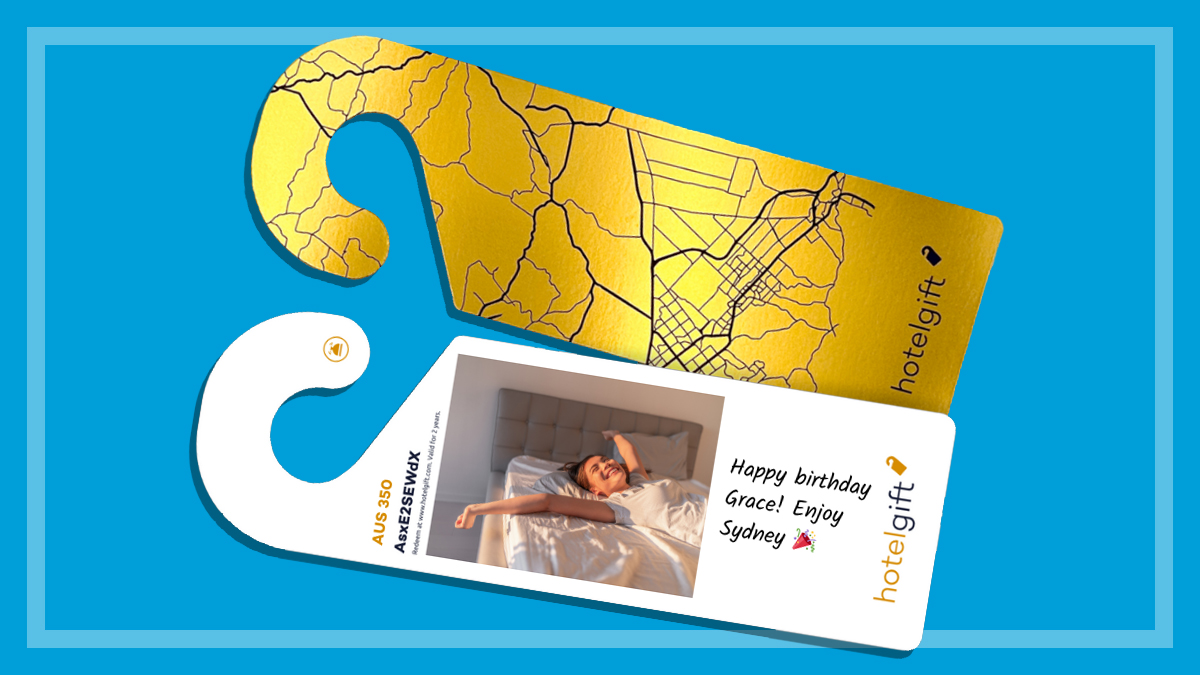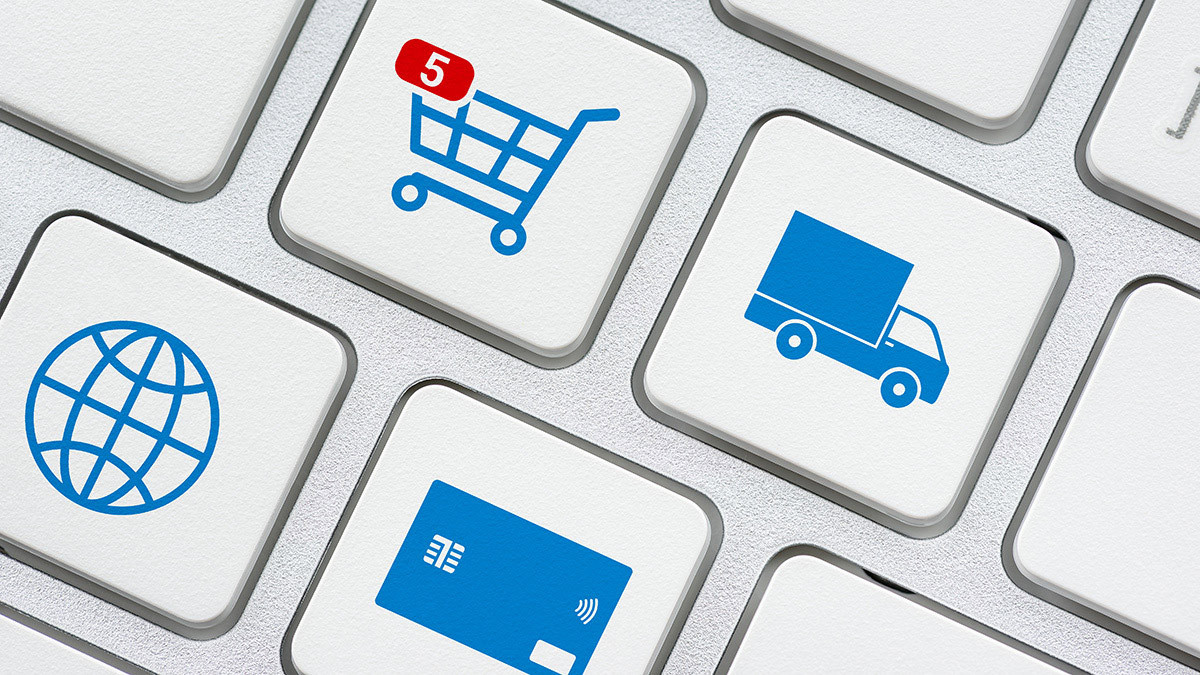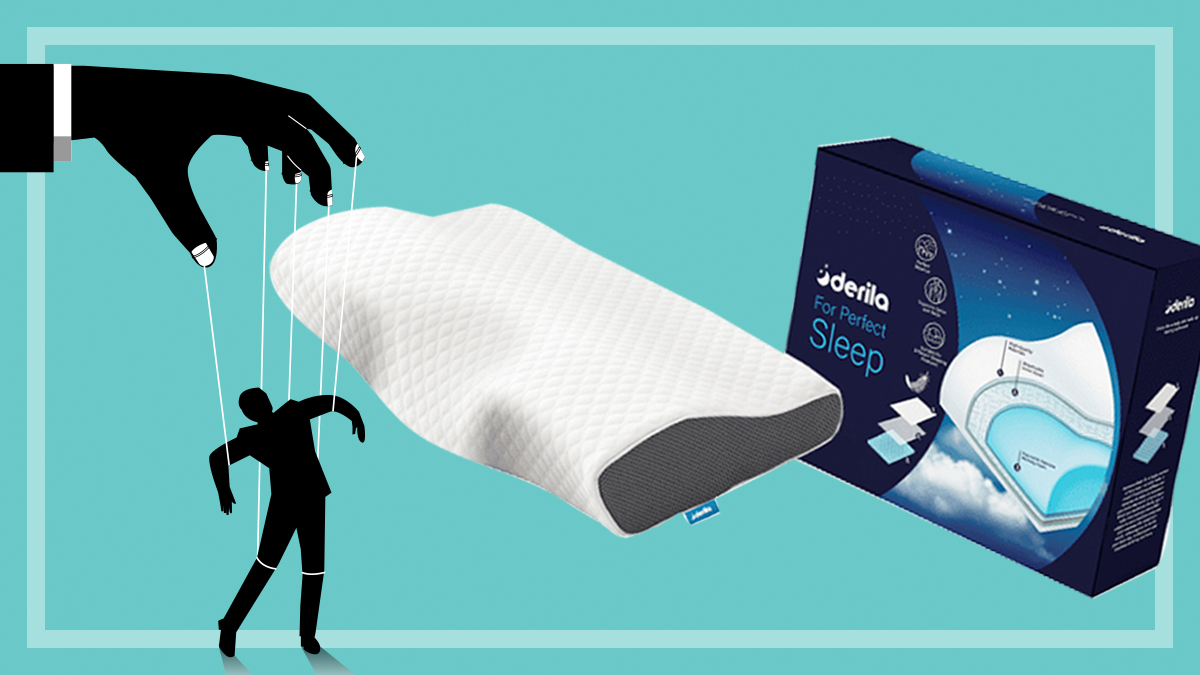Get our independent lab tests, expert reviews and honest advice.
What is Afterpay?
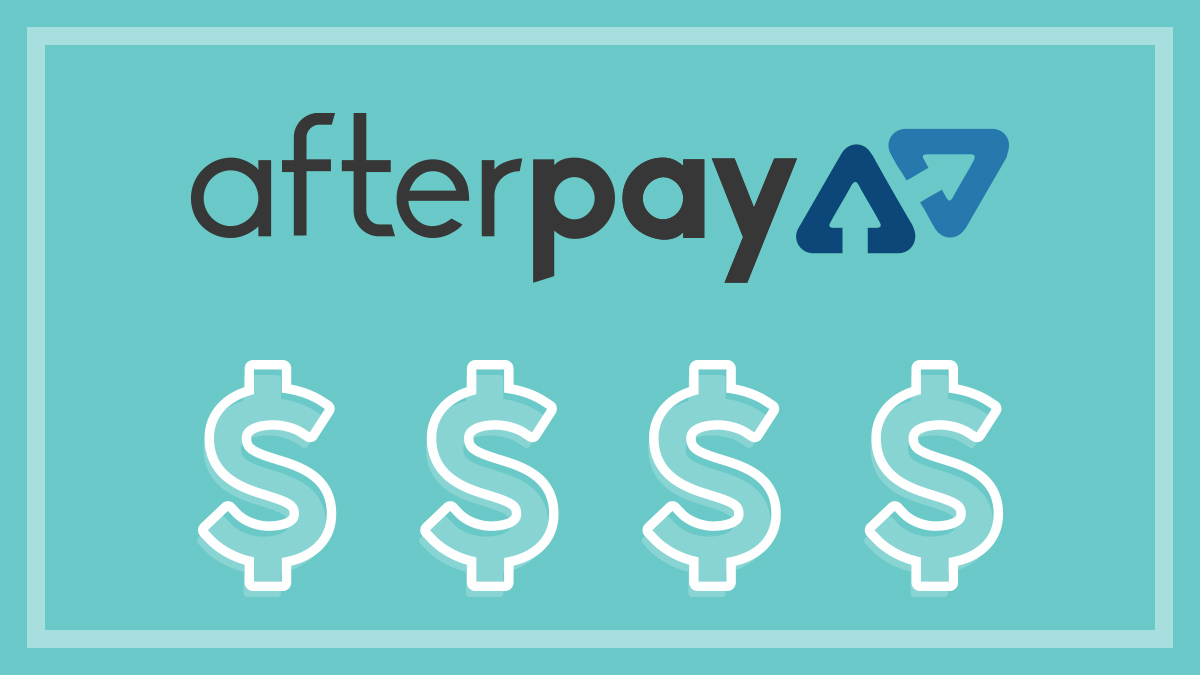
Need to know
- Afterpay is a 'buy now, pay later' platform that lets you buy something immediately, and pay it off over eight weeks
- Afterpay is still a source of credit, so you should treat it as such and be careful not to overcommit financially
- There are fewer checks and balances in place when compared to credit cards, and Afterpay puts the responsibility on you to make sure you can afford it
On this page:
- What is Afterpay?
- How Afterpay works
- Afterpay fees
- Does Afterpay do a credit check?
- What if I don't make my payments?
- Cancellations, refunds and disputes
- Summary: what we think is wrong with BNPL
Although Afterpay has improved its terms and conditions since we last visited them, we’re still concerned that the ‘buy now, pay later’ service normalises debt and is a risky product for people on low or insecure incomes.
The safest way to shop remains to save and pay upfront so that you only buy what you need and don’t end up spending beyond your means. If you do use Afterpay, we recommend:
- only setting it up with a debit card, not a credit card
- set spending limits and stick to them
- set up payment reminders to avoid accidental late fees, though Afterpay does automatically set up multiple reminders for users
- contact Afterpay immediately if you’re having trouble making repayments.
What is Afterpay?
Afterpay is a ‘buy now, pay later’ (BNPL) platform that makes it possible to buy something now, receive your goods, and pay them off later in fortnightly instalments.
It was founded in Sydney in 2015, letting you buy everything from clothes and makeup, to pharmaceuticals and even flights.
Afterpay has gained popularity in Australia and New Zealand, particularly among younger people, and as of December 2019, nine percent of Australians were using it.
Consumer groups have raised concerns that BNPL schemes like Afterpay put consumers at financial risk
The platform has expanded into the UK (as Clearpay) and US markets and now has more than 8.5 million active users worldwide, up from 3.8 million only a year ago, and has year-to-date sales of $7.3 billion.
It’s available at around 10,000 individual shops in Australia and New Zealand, including Kmart, Big W, Target, Officeworks, The Iconic and Catch.com.au, as well as a host of other retailers. Shoppers access it through the payment platform of online stores, and instore using the Afterpay app for Android or IOS.
But although the Afterpay platform is steadily growing, consumer groups, including CHOICE, have raised concerns that BNPL schemes like Afterpay put consumers at financial risk. Although it may be framed as a modern twist on traditional layby, it’s really another form of credit.
Retailers offering Afterpay may see an increase in sales, which is good news for them, but the flipside for the shopper is the danger of overspending, overcommitment and spiralling debt.
How Afterpay works
Afterpay acts as an intermediary platform between retailers and customers. Afterpay pays the retailer upfront for the goods – and then the customer pays back Afterpay.
While you may get the instant gratification of your purchase, you’ll need to commit to making four fortnightly payments over eight weeks. These payments are of equal value for each order and are interest-free.
Although Afterpay doesn’t charge interest, it does charge fees to merchants who offer the service, and late fees to people who don’t keep up with payments.
Afterpay doesn’t require customers to enter into a loan or a credit facility, which means there are fewer protections in place for customers
Unlike many other payment products, Afterpay doesn’t require customers to enter into a loan or a credit facility. This might sound like a positive to the consumer, but it actually means there are fewer protections in place for customers.
An ASIC study on BNPL schemes found that one in six people reported difficulty in meeting payments. The temptation of those seemingly small repayments, coupled with the instant gratification of receiving your goods straight away, can get out of control.
How does Afterpay make money?
Most of Afterpay’s revenue comes from its 43,000 active merchants. It’s been reported that Afterpay charges them a $0.30 fixed transaction fee plus a commission between 3% and 7% on each sale, which is considerably higher than what they’re charged by banks to process other payment types. What retailers spend in fees, they hope to make up in increased sales.
Afterpay generated more than $179.6 million in fees from retailers as of the end of December 2019, with an additional $32.6 million in late fees or roughly 18.7% of their revenue, down from 24.4% in 2018. Some customers couldn’t make their repayments, leading to $6.5m in debt recovery and chargeback costs.
How do you use Afterpay?
Signing up
To use Afterpay, you first need to go to their website or app and sign up for an account. You need to be over 18, hold a valid debit or credit card from Visa or Mastercard in your name and be capable of entering into a legally binding contract. You sign up using a verifiable email address and phone number, and your ID will also be verified to help prevent the creation of multiple accounts.
Once you’ve done this, you can start using the Afterpay option at checkout, where offered by the retailer, by signing in to the app.
Creating a barcode
Once you’re signed in you can generate a temporary barcode showing available spend that is scanned at the register when you make your purchase. (This is only available at certain retailers.)
Afterpay may run a pre-authorisation check on your card up to the amount of your first instalment, and you’ll be required to make the first payment of 25% upfront at time of purchase. It’s then up to you to make the remaining payments on time so you don’t get charged late fees.
Making a payment
You can make payments through your account on the Afterpay website, or through the app. You can set up automatic payments, or you can make them manually anytime before the due date. It’s worth noting that Afterpay doesn’t accept payments using BPay, bank transfer or pre-paid cards.
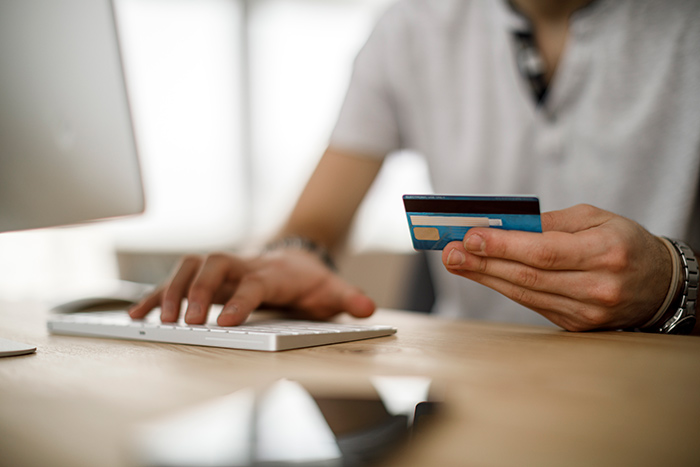
Can I buy gift cards with Afterpay?
Yes, but many stores, such as Big W, Best & Less and Target, won’t let you use Afterpay to buy a gift card directly from them. However, you can buy gift cards for over 60 retailers, including David Jones, Bunnings, Ikea, Myer, Target, Ebay and Uber through the Afterpay website.
Can I pay for travel using Afterpay?
Yes. Some holiday service providers and airlines such as Jetstar, Redballoon, and Dreamworld accept Afterpay.
Can I use Afterpay at the chemist?
Yes. A few pharmacies such as Chemist Warehouse and Chemist Direct now have Afterpay available for online shopping. A number of pharmacies including Terry White Chemmart and Your Discount Chemist also have the option to use Afterpay instore.
Afterpay fees
Purchases made using Afterpay must be paid in instalments every two weeks. Missing an instalment results in a $10 fee and, if you fail to make the repayment within a week, another $7 fee will be charged.
In June 2018, Afterpay introduced caps on late fees, which means you won’t pay more than $68 in late fees per order.
For smaller orders under $40, one $10 late fee may apply. According to Afterpay, late fees will not exceed more than 25% of the purchase price on orders between $40 and $272. For orders over $272 you won’t pay more than the maximum of $68 in late fees.
If you meet all the repayments, there are no extra costs… but it still comes with risks
While the dollar amount of these fees may seem relatively low, 25% is a big chunk of your purchase price and the fees are for each order, so if you miss payments on multiple orders late fees could very quickly add up. If, for example, you had seven purchases on the go up to a value of $2000 and you missed the payments on all of them, you could be charged up to $476, which is not a trivial amount of your money.
If you meet all the repayments, there are no extra costs. This may make it more attractive than payday loans or some credit cards over the long term, but it still comes with risks and you’re better off saving up to make a purchase, especially if you have unreliable or low income.
Beware credit card interest
While Afterpay doesn’t charge you interest for using their service, if you use a credit card to sign up to Afterpay, you run the risk of being slugged with the interest rate on your card if you don’t pay your card off by the due date. This goes for the value of your initial purchase, plus any late fees you may accrue on that purchase if you miss payments. With some credit card interest rates as high as 22% this could add a fair cost to your purchase price and is potentially a recipe for debt.
Afterpay claims around 85% of people use a debit card to make payments, but that leaves 15% using credit for the service, which we don’t recommend.
Does Afterpay do a credit check?
No, Afterpay does not retain the right to do a credit check or report information to credit bureaus. No background check means your credit history won’t be affected. However, credit checks are a form of consumer protection – they help prevent lenders pushing levels of debt that are harmful.
Credit checks are a form of consumer protection
Be aware, too, that having no initial credit check makes Afterpay different to other forms of credit. Because there’s no in depth investigation to determine if Afterpay suits your needs or your ability to pay, the responsibility is pushed onto you to make sure you can afford it.
We think all BNPL services should be running credit checks. These help make sure financial companies don’t cause harm. BNPL companies know their product and know the data – it should be up to them to run basic affordability checks rather than asking customers to take on all the risk.
Purchase limits may give false sense of security
Afterpay has order and account limits which start low and only increase once you’ve established a consistent repayment track record. The maximum amount per transaction is $1500, while the outstanding account limit is up to $2000.
Afterpay transaction and order limits also vary from store to store. For example, Kmart and Target offer Afterpay on purchases up to $1000, and Big W up to $1200.
It doesn’t stop multiple small payments building up to an uncomfortable level
Afterpay also only approves one order at a time and if a payment is not made on its due date, customers aren’t able to make any further purchases with the platform.
While it may sound like this offers users a small amount of protection from financial over-commitment, it doesn’t stop multiple small payments building up to an uncomfortable level. A $1500 Afterpay debt will cost $375 each fortnight over two months. For some people, especially low income earners, even a minor change in circumstance or an unexpected or large expense could see them unable to keep up with payments and then loaded up with multiple late fees.

What if I don’t make my payments?
According to ASIC, more than half of BNPL users are spending more than they otherwise would, and one in six have become overdrawn, delayed other bill payments, or borrowed money as a result of overcommitment through BNPL platforms.
Afterpay puts the onus on consumers to do the sums on their ability to pay over the course of two months, and consider the risks if anything unexpected was to happen, before making their purchase.
ASIC: More than half of BNPL users are spending more than they otherwise would
If you get into trouble making repayments, Afterpay does have a hardship policy and “provides all customers in financial hardship the option to apply for relief”. This could be in the form of extending payment periods, postponing payments for a set time, or waiving late fees.
But according to a 2020 submission drafted by the Consumer Credit Legal Service (WA), BNPL hardship policies are generally weak in comparison to what the banks offer.
According to the terms and conditions, Afterpay has the right to sell any unpaid debt to “third party collections agencies”, though a representative of the company told us that they don’t report to credit agencies or sell the debt. However, the company spent $6.5 million trying to recover unpaid debts and chargebacks in the first half of the 2020 financial year.
Young people and part-time workers most at-risk
Afterpay aims itself squarely at millennials. The first-half 2018 financials claim people aged between 18 to 34 make up 67% of Afterpay’s customer base. According to ASIC, two in five people who buy through BNPL schemes are low-income earners and, of these, two in five are students or part-time workers – all people who are potentially financially vulnerable, making these products a risky choice for them.
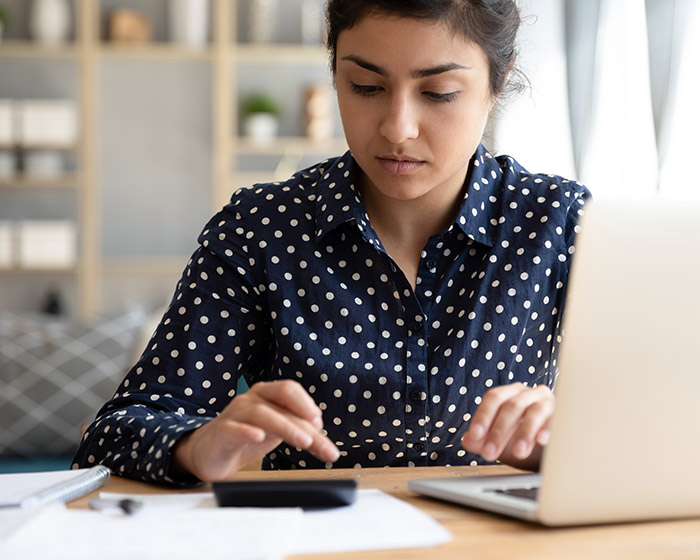
Cancellations, refunds and disputes
Paying with Afterpay may complicate the relationship you have with a retailer if there’s a dispute, or if you need to make a return.
Afterpay’s involvement in a sale dissolves after 120 days, once all repayments have been made, but matters can turn complicated if there’s a dispute in that time. Asking for a refund within 120 days of buying a product means the retailer must reimburse Afterpay first, which in turn refunds the money back to you.
Afterpay may complicate the relationship you have with a retailer if there’s a dispute
Because Afterpay will only process a refund following a refund request from the retailer, this can leave you hanging, making payments until the retailer accepts the return – and you’re still liable for those payments (and late fees). If the retailer doesn’t accept the return and you can’t resolve the issue with them, you may need to go through the Afterpay dispute process.
On 1 March 2021, Afterpay updated its returns policy. You must still organise a return or refund with the store you purchased from, but you are now able to notify Afterpay through the app that you are returning a purchase. This will push out your next installment by up to 14 days, providing an extra window to have the refund processed by the retailer. However, you can only defer a payment once per order and if your refund is not processed within this time, you may need to make two payments on the same day when your next installment is due.
Afterpay policy states that once you receive a refund, any upcoming payments are cancelled and any payments that have been made are refunded to the card you paid with.
The 120-day window
If your product return falls outside of the 120-day window, the retailer is responsible for processing the return and refund. This means you’d need to contact the store you bought the item from or the manufacturer of the product, and Afterpay isn’t involved in the refund process.
For returns, the type and amount of a return is determined by the returns policy of the retailer you bought the product from. Once the retailer processes the return it will then go through to Afterpay and show up on your payment plan.
What if there’s something wrong with your purchase?
Under the Australian Consumer Law your consumer guarantees mean if the item you bought is defective, the business you bought it from must provide a repair, replacement or refund. The remedy you’re entitled to will depend on whether the issue is major or minor. If there is a major failure with an item, you have the right to choose the remedy, including requesting a refund.
When there’s a dispute over a refund, we sometimes advise people to seek a chargeback through their credit card (if they paid for the item using their credit card). If you request a cancellation of your order via a chargeback through your credit or debit card, refunds are between you and your bank, not Afterpay.
How long does it take to sort out a dispute with Afterpay?
The company aims to resolve all complaints within 21 days. If you’re not happy with the response you receive you can escalate the issue by contacting the Australian Financial Complaints Authority (AFCA).
Summary: what we think is wrong with BNPL
The NSW-based Financial Rights Legal Centre (FRLC) has heard from a number of people who’ve had trouble with BNPL services – and many of them were in vulnerable financial situations to begin with.
Checks and regulations not good enough
There are no responsible lending checks and BNPL schemes are still not regulated in the same way as other forms of credit. In response to criticisms, scrutiny from ASIC and a 2019 Senate committee, the Australian Finance Industry Association (AFIA) and its BNPL sector members have developed a voluntary code of practice. This came into effect on 1 March 2021.
New code not up to scratch
Along with other consumer groups, we reviewed the draft version of the code and we don’t think it’s up to scratch. It won’t deal with the high costs, inadequate hardship policies or overselling of credit to people who are already under financial pressures. We think that BNPL products act just like credit, but they’re exploiting a loophole in the law that means they don’t need to comply with basic consumer protections. We want to see products like Afterpay meet the consumer protections under the credit law.
What we’d like to see
CHOICE has joined with other consumer groups to criticise the high cost of BNPL products, including Afterpay. While Afterpay claims to be “free”, costs are ultimately borne by all consumers through increased prices, as merchant payment fees are built into the overall price of goods and through payment of late fees and other charges.
We want to see costs for Afterpay and similar services capped, in the same way that credit and debit costs are capped. We’ve encouraged the Reserve Bank of Australia – who is responsible for card payment regulation – to act on this growing issue.
Update 9 September 2020:
We added that Afterpay sets multiple automatic reminders for users to help avoid late payments; it verifies a user’s ID to help prevent the creation of multiple accounts; and a representative of the company told us that they don’t report to credit agencies or sell the debt. We removed a sentence that said it’s all too easy to open up another account with a different email address or sign up to a different service.
Update 9 March 2021:
We updated the credit check and returns policy sections to reflect changes to Afterpay’s policies that came into effect on 1 March 2021 due to the implementation of the BNPL code. We also updated the BNPL code of practice section to reflect the implementation of the voluntary code on 1 March 2021.


